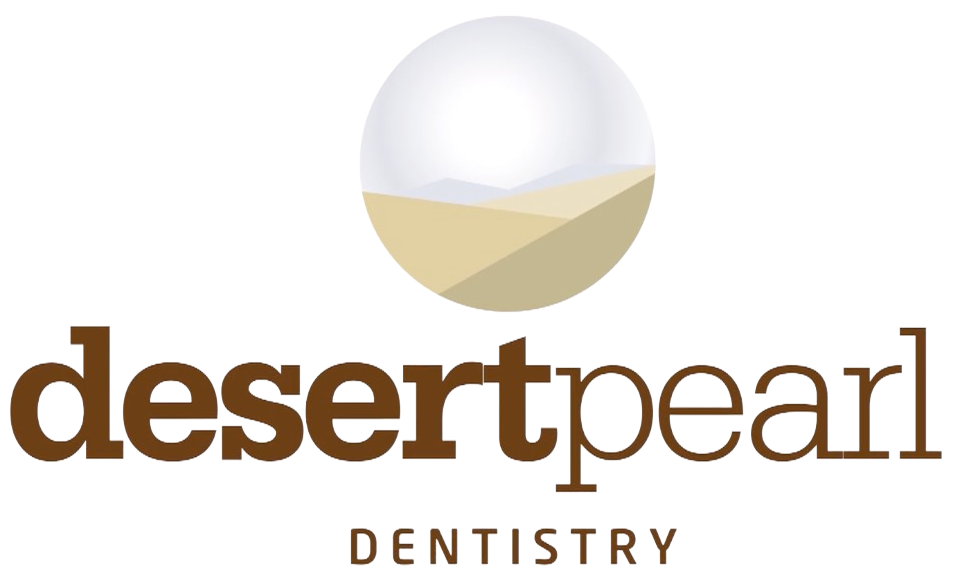If you’ve experienced a dental injury or are looking for a way to improve the appearance of teeth in the front of your mouth, options are available. Dental education includes significant time spent on learning how to improve the overall appearance of their patient’s teeth using many methods. Computer-aided design/computer-aided machine (CAD/CAM) technology is used by many dentists to produce superior results for their patients. Using this technology in combination with other tools allows them to work with the patient to design their desired result before beginning.
What Can Be Treated With CAD/CAM Technology
While CAD is not a treatment method in and of itself, it does play an important role. It allows the dental provider to digitally mock-up the expected results. It can then show the patient the final result and get their feedback for adjustments. This provides significant benefits in addressing numerous dental concerns. Some examples of concerns that CAD can improve through improved treatment planning include:
- Black Triangles
- Open Gum Embrasures
- Dental reconstruction
The next stage is where CAM (Computer-Aided Machine) comes into play. Once the design has been established using CAD, it can be milled onsite. In previous years it was common for restoration to involve multiple visits. During the first visit, the patient’s teeth would be prepared and a mold taken of the modified teeth. A temporary crown would be put in place, and the mold sent off to a dental lab.
This stage has been eliminated with the help of CAM. Now a digital mold is taken and sent to the onsite CAM machine. This machine creates a perfect reconstruction of the model that can be placed within minutes. This means the entire process has been shortened to one visit, making it faster and more convenient for all involved.
This process can be used to provide permanent or short-term solutions to the patient. For instance, it may be appropriate to replace a broken tooth with a permanent dental implant. However, immediate relief from social embarrassment can be provided in the form of a semi-permanent replacement designed and milled on site. When it becomes appropriate, the patient can undergo extraction and have the tooth replaced with a permanent dental implant.
Dental restorations are not the only way that this technology can improve a patient’s dental experience. Purely aesthetic approaches, such as porcelain veneers, can also involve the use of CAD/CAM technology. The design can be displayed on the monitor and then sent to the onsite mill to produce an immediate result. There may be times when these designs need to be sent to a dental lab, but more clinics are using CAD/CAM technology every day.
Learn More About CAD/CAM From Your Dental Provider
Being an involved patient is an important part of getting the best possible results from your care. To this end, it’s essential that you ask your dentist questions about the tools and procedures they have available to treat your dental health. Reach out to your clinic to learn more today.



